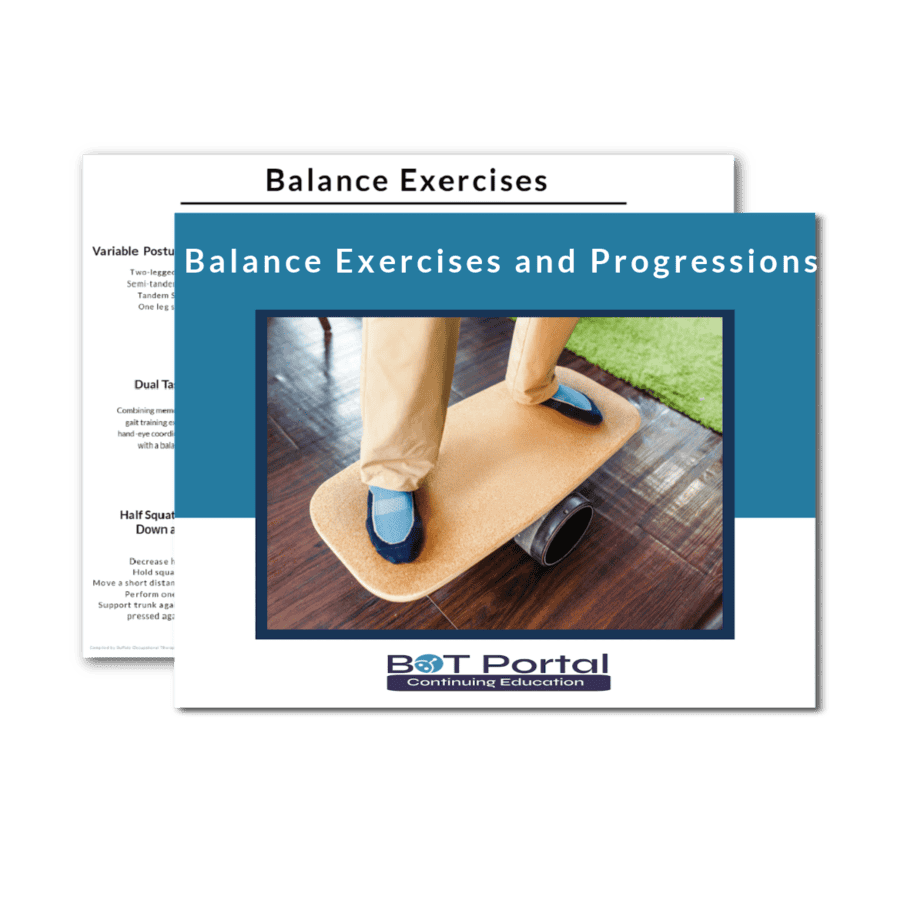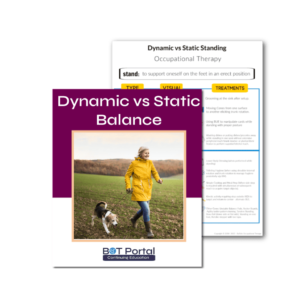Description
Balance Exercises and Progressions
Important Balance Exercises and Progressions for Rehabilitation
Balance exercises and progressions are fundamental components of rehabilitation because they play a crucial role in restoring stability, preventing falls, and improving overall mobility and quality of life. Balance is the ability to maintain control of the body’s position, whether stationary or moving, and it relies on the coordination of multiple systems, including the musculoskeletal, sensory, and nervous systems.
One of the primary reasons why balance exercises are important in rehabilitation is their role in fall prevention. Falls are a significant concern, especially for older adults and individuals recovering from injury or surgery. Balance deficits can increase the risk of falls, which can lead to serious injuries and impairments. By incorporating balance exercises into rehabilitation programs, healthcare professionals can help individuals improve their stability and reduce the likelihood of falls, promoting safety and independence.
Moreover, balance exercises are essential for enhancing functional abilities and restoring mobility. Many daily activities, such as walking, climbing stairs, and reaching for objects, require a certain level of balance. By training balance through targeted exercises and progressions, individuals can improve their ability to perform these tasks safely and effectively, thereby enhancing their overall quality of life and independence.
Another key reason why balance exercises are important in rehabilitation is their role in promoting recovery from musculoskeletal injuries and neurological conditions. After an injury or illness, individuals may experience deficits in balance and proprioception (awareness of body position), which can impede rehabilitation progress and limit functional abilities. Balance exercises help stimulate the neuromuscular system, promote muscle coordination, and facilitate the restoration of normal movement patterns, leading to improved outcomes and faster recovery.
Furthermore, balance exercises can be tailored to meet the specific needs and goals of each individual. Rehabilitation professionals can design customized exercise programs that address the unique challenges and deficits faced by patients, whether they’re recovering from surgery, managing a chronic condition, or seeking to improve athletic performance. By implementing progressive balance exercises that challenge and gradually improve stability, individuals can achieve meaningful gains in their physical function and overall well-being.




